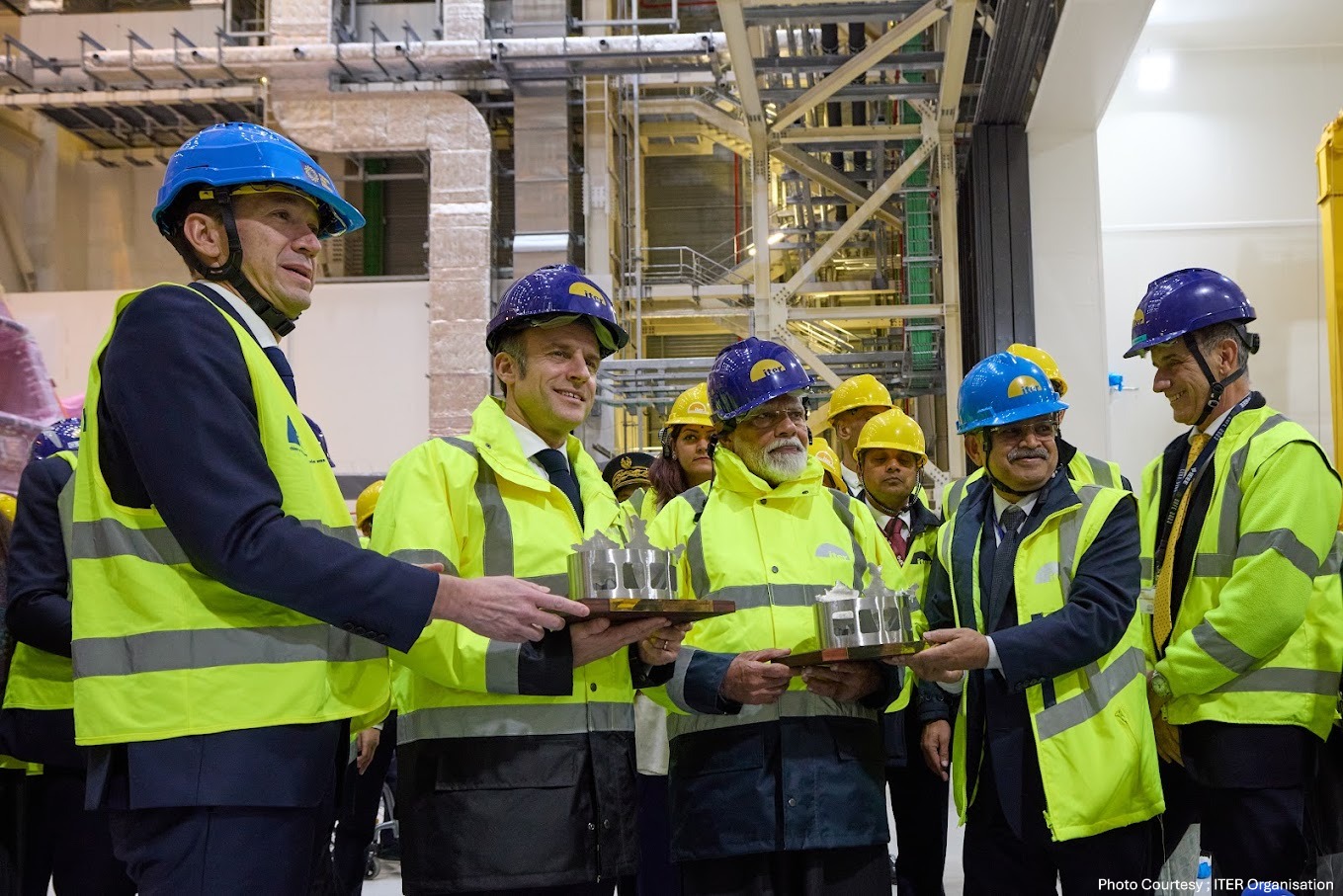The D-T reactions have the disadvantages that 80% of the energy is carried out by high energy neutrons and that tritium must be generated inside the reactor. The high velocity neutrons impose massive shielding requirements, produce radiation damage and are a source of undesired activation of the reactor structure. To generate tritium, a highly complex breeding blanket must surround the reactor core. Other reactions, having a highly reduced or completely absent neutron output and utilizing fuels that do not require breeding have therefore been considered. For example, in a D-D reactor, tritium would only be produced in small amounts by a secondary reaction and most of the neutrons resulting from this process would have much less energy and thus would be easier to shield. Similarly a reactor operating on H-B fuel would virtually suppress neutron production and could even lead to efficient direct conversion to electricity. A D-He3 mixture would not have tritium breeding requirements but would give neutron yields several orders of magnitude below those from the D-T reaction (furthermore He3 is virtually non-existent on earth and may have to be transported from the moon).
However, the use of these so-called advanced fuels faces many difficulties. Because of their lower fusion reactivity, the power density in the plasma for a given plasma pressure would be 50-100 times smaller for any other fusion fuel than for D-T and the required confinement time would be 25-50 times larger. This would require either operation at much higher values of density and temperature. There are several other complexities involved. For the first generation of fusion reactors, the fuel will certainly be D-T, and the neutron problems will be tackled by using low activation structural materials, presently under development. Advanced fuels will therefore be investigated only as a next generation option.

